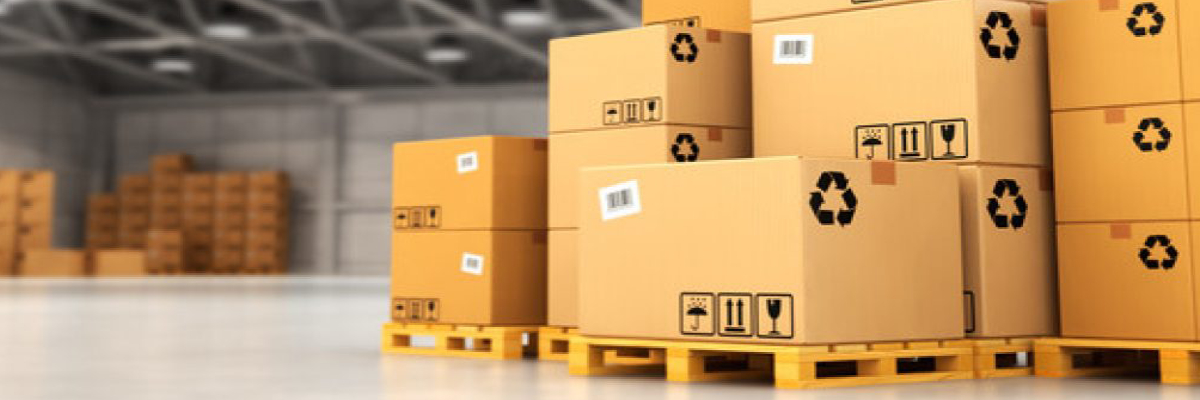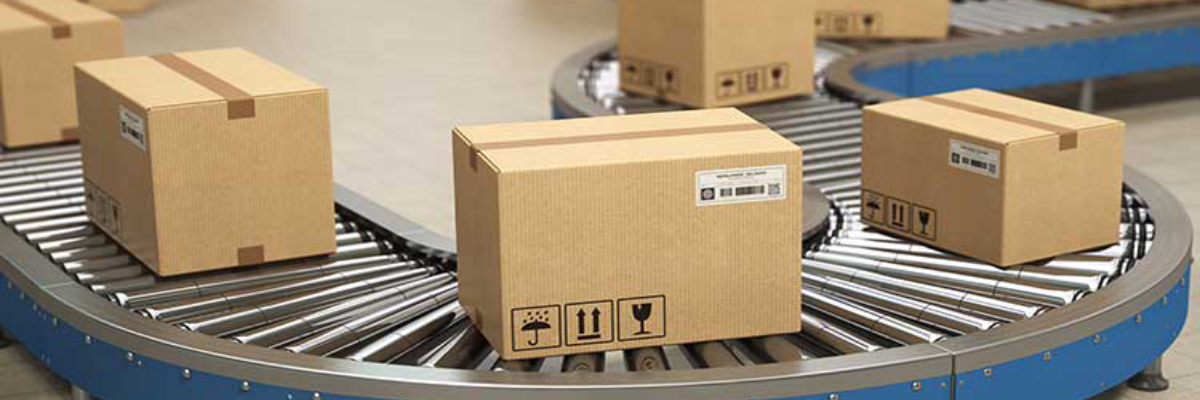A Guide to Temperature Controlled Shipping

Monday, 07 October 2019 | Freight Shipping
The skyrocketing popularity of e-commerce has been transforming the traditional supply chain into integrated value chains. Manufacturers and retailers are branching out further to meet ever-changing customer demands. An increase in the online sales of perishable goods and pharmaceuticals demands efficient and secure logistics solution. And that is when temperature controlled shipping comes to the limelight.
What is temperature controlled freight shipping?
There are a sheer variety of products that need to be transported with a predefined temperature range. Some common examples include fruits, flowers, vegetables, dairy products, seafood and pharmaceuticals. Shipping out such products without ensuring its temperature compliance will lead to its degradation of quality, thus resulting in significant financial loss, damaged reputation and angry customers. Temperature controlled shipping specializes in the transportation of goods that are sensitive to climatic conditions and require special handling and storage from dock to dock.
When you have temperature-sensitive goods to transport, it is essential to plan everything beforehand. Here are a few temperature controlled shipping tips for you.
-
Evaluate your goods and define your needs
Have a clear idea about your transportation management and warehousing requirements. Partner with an experienced freight broker or 3PL provider that understands the demands of your supply chain. Enquire whether they have experience in handling temperature-critical LTL freight shipping and what security measures they have in place for protecting the cargo during transit. Do compare the performance metrics and freight quotes of multiple companies before making a choice.
Make sure to communicate the finest details with your carrier through a quality agreement. The requirement specifications should include major details such as acceptable temperature and humidity range, margin of error, acceptable levels of risks and specific no-go actions. Moreover, it is also essential to follow the health and safety regulations and standards so that it ensures a product is served unadulterated and with its efficacy fully intact.
-
Understand different service options
Carriers have different methods to control the temperature of trucking and other transporting equipment. There are mainly three types of temperature controlled logistics - refrigerated vehicles, passive shipping container and active shipping system. Refrigerated vehicles such as trucks, semi-trailers and vans are equipped with specific technology to maintain the temperature range of the products within the vehicle. Passive shipping systems make use of a combination of insulating materials and electronics to maintain the specific temperature range, whereas active shipping system involves portable containers powered by on-board batteries or external electrical source to moderate the ambient temperature. While passive systems are best suited to transport single small doses to multiple pallets for short journeys, active systems are ideal for shipping larger volumes of cargo. Having a thorough understanding of your packaging and shipping needs will help in determining the right service.
-
Always have a contingency plan
Businesses shipping temperature-sensitive products should always have a well-thought and detailed contingency plan in place. Not only such backup plans makes the freight operations more flexible to any foreseeable challenges , but also helps in quick recovery even in the worst of situations. Make sure to have a detailed discussion with your logistics and shipping partners to come up with an effective contingency plan.
Whether you are shipping life-saving medications or fresh cut flowers, it is essential to perform due diligence and make informed decisions to ensure timely and dependable product deliveries.




